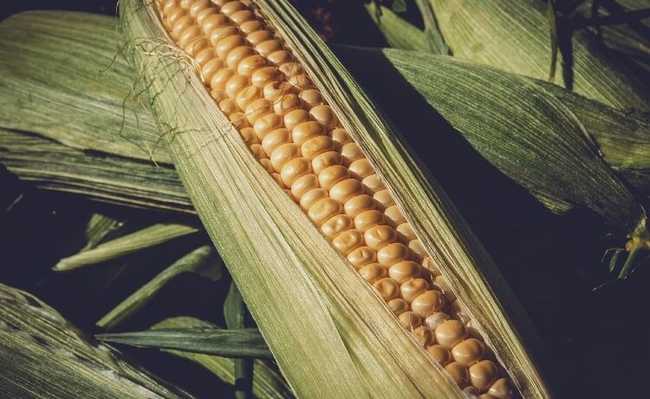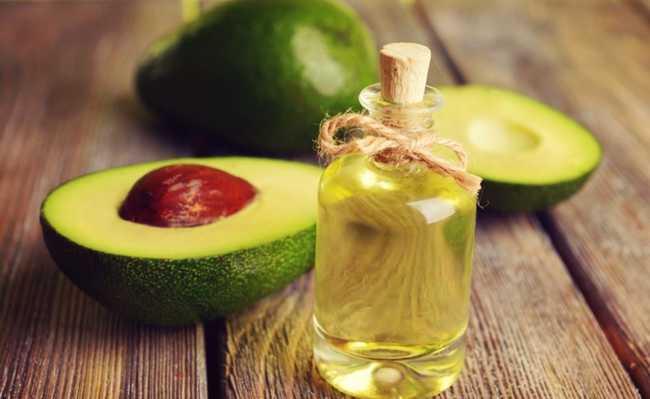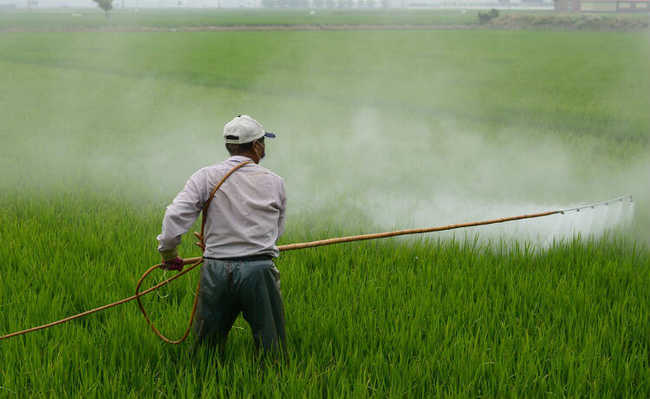Orchids: types and how to care
Learn more about the orchid, a delicate plant that can be found in several species

Orchids make up the Orchidaceae family, one of the largest existing plant families, and arouse the interest of admirers and collectors like no other species - there are even the so-called “orchidophiles”. There are more than 35,000 different species of orchids in nature, most of which are used for ornamental purposes, and some are cultivated for their usefulness: this is the case of the species Vanilla, used in the production of vanilla , and the perfumed jumellea, used in the production of perfumes and tobacco.
Discover some famous orchid types
Phalaenopsis
Asian orchid genus, the Phalaenopsis they are also known as “butterfly orchids”, due to the similarity of the flowers with butterfly wings. This type of orchid prefers shade, heat and little water. They can bloom up to three times a year and their flowers last up to three months.
Dendrobium

Also known as “doll's eye orchid”, it is one of the genera that has more species, generally easy to grow. Orchids of this type usually bloom in late spring, and during the growing season they need to be watered frequently.
Oncidium

It is a genus of orchids widely distributed in Latin America, known in Brazil as “rain-of-gold”. Its flowers are small, delicate and often fragrant, such as the Oncidium Sharry Baby, which gives off a chocolate smell in flowering.
Cattleya
They are the most sold orchids in Brazil, with around 30 species in the country. They tend to adapt to all types of climate, and have fragrant flowers that last an average of ten to 30 days.

Vanda

Known for its vibrant colors and peculiar beauty, Vandas are one of the most sought after orchid species. Its roots are aerial and should stay loose, and it is recommended to spray the roots with water as soon as they turn gray. Normally, on hot days, the ideal is to spray twice and, on cold days, once.
paphiopedium

The “sapatinho orchid”, as it is popularly called, receives this nickname for its exotic shape, in which the lip is shaped like a shoe. For this same reason, collectors of this species are called “shoemakers”. It is an easy to grow orchid, with solitary long-stemmed flowers that last for more than 20 days.
How to care for orchids
orchids Cattleya, Phalaenopsis and Paphiopedilum they are among the easiest to care for and are recommended for most novice gardeners and orchid growers. As you can see above, each species needs specific care.
Orchids are resistant, but issues related to space and lack of fertilization greatly influence their development. In addition, epiphytes, which make up about 90% of cultivated species, prefer to be on trees. The terrestrial ones like the paphiopedilum and the bamboo orchid prefer deep pots or to be planted in the ground with lots of organic compounds, never in trees. But potted orchids need careful drainage.
The roots of all orchid species need to be aired, so it is advisable to place them in a container with holes, made of clay or tree fern fiber - made with organic fibers and free of toxic or chemical substances. The type of substrate used also influences the development of orchids, as it helps to conserve water for longer. Many people use wooden boards, coconut shells and charcoal.
Pay attention when watering your orchid. It is easier to kill an orchid from excess than from lack of water. When the weather is warm, water at least twice a week. The correct way to water them is through the roots in the morning, preventing the leaves from getting wet, as this can cause disease. Water them letting the water drain completely, you'll know when to wet it by checking that the substrate is dry - it should always be moist, but never soaked. To check if the substrate has already dried, point a pencil and sink it a few centimeters into the substrate, if it changes color (the tip of the pencil), the substrate is still damp, if it doesn't change then it has already dried.
In the first paragraph, I just added the information that the leaves should not get wet, while the second paragraph would be a complement to teaching how the person can check their substrate.
Fertilize your orchid at most once a month. Over-fertilizing can burn the roots and make flowering difficult, and not fertilizing makes the process difficult. You can use organic fertilizers such as bone meal and castor bean cake, which are readily available in any garden store or supermarket gardening section. It is also possible to use fertilizer from domestic compost.
Flowering care
As already said, the place where you leave your orchid will influence - and a lot - in its development. Prefer to leave them in places where they can sunbathe in the morning or late afternoon, keeping them, as much as possible, in the same position and location. Orchids need to sunbathe and stay in cool places to bloom. A good tip on how to care for your orchid is to look at the leaves - if they are dark green, the orchid is not getting enough light. If yellow, brown or reddish, they are getting more sunlight than they should. The orchid leaves should be bright green when healthy.
Leaf stains can indicate that the plant has been attacked by a pest, but this is unlikely to happen if they are properly cultivated. Scale insects are one of the biggest enemies of orchidists - they suck the sap of the plant and, if not fought, can even kill it. If your plant is attacked, use pesticides, trying to opt for natural formulas. Industrialized chemicals are proven to be harmful not only to plants but also to growers. A tip is to use neem oil in your orchids, as it is non-toxic and fights about 200 types of plant predators. However, you need to be careful with bees, as neem is harmful to them. Bees are essential pollinators for the maintenance of life on planet Earth and are at risk of extinction. Learn more about this topic in the articles: "The importance of bees for life on the planet" and "Disappearance or extinction of bees: how to avoid it?". To learn how to use neem oil, take a look at the article: "Neem oil: what it is for and how to use it."
Check out a list of the most recurrent diagnoses:
- Black spots – sunburn, lack of water or nutrients;
- Wrinkled leaves – lack of water;
- Shrunken bulb – lack of water and nutrients;
- Stains – attack by fungi or bacteria;
- Yellow leaf – excess water or lack of nutrients;
- Holes in leaves – fungus attack.










